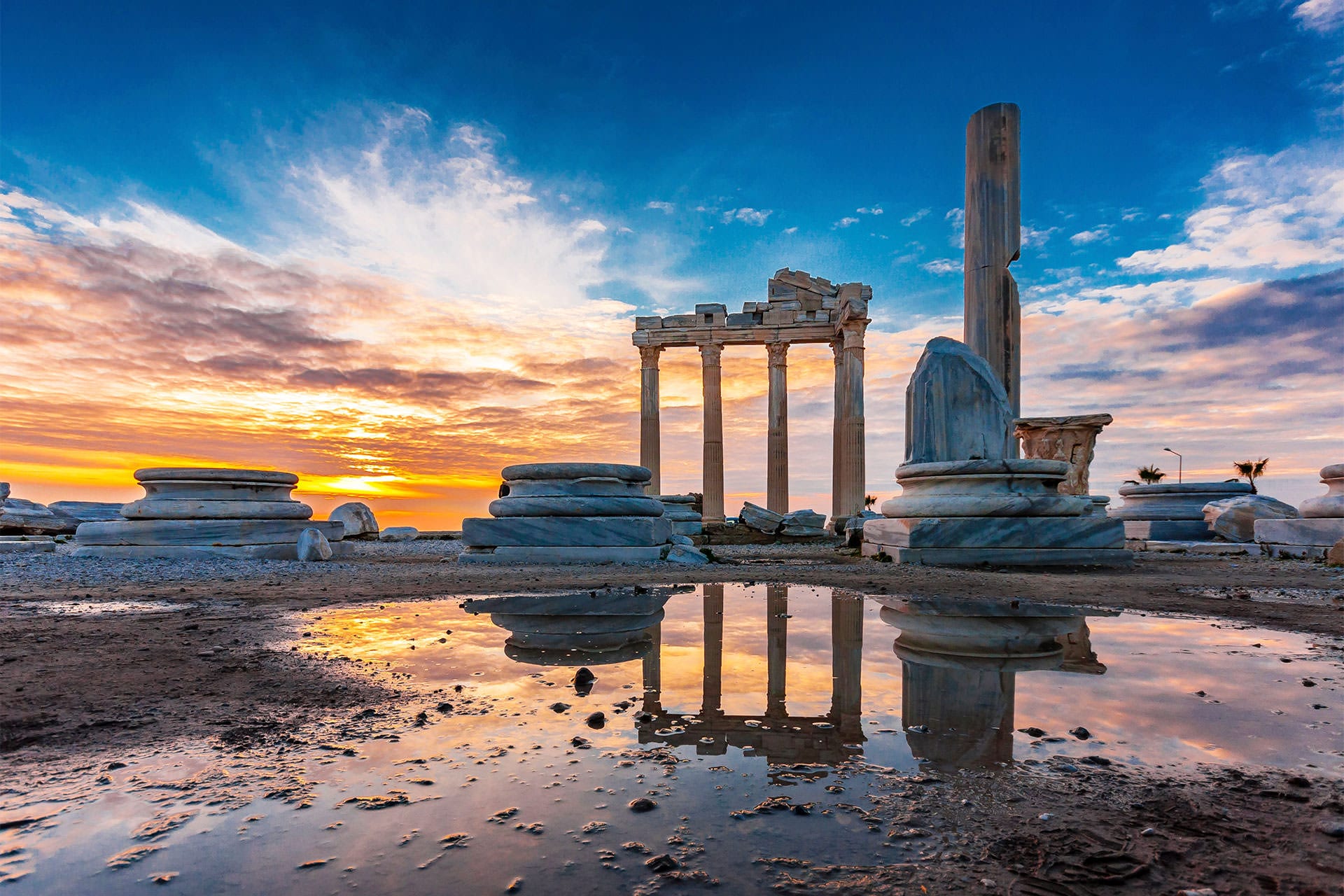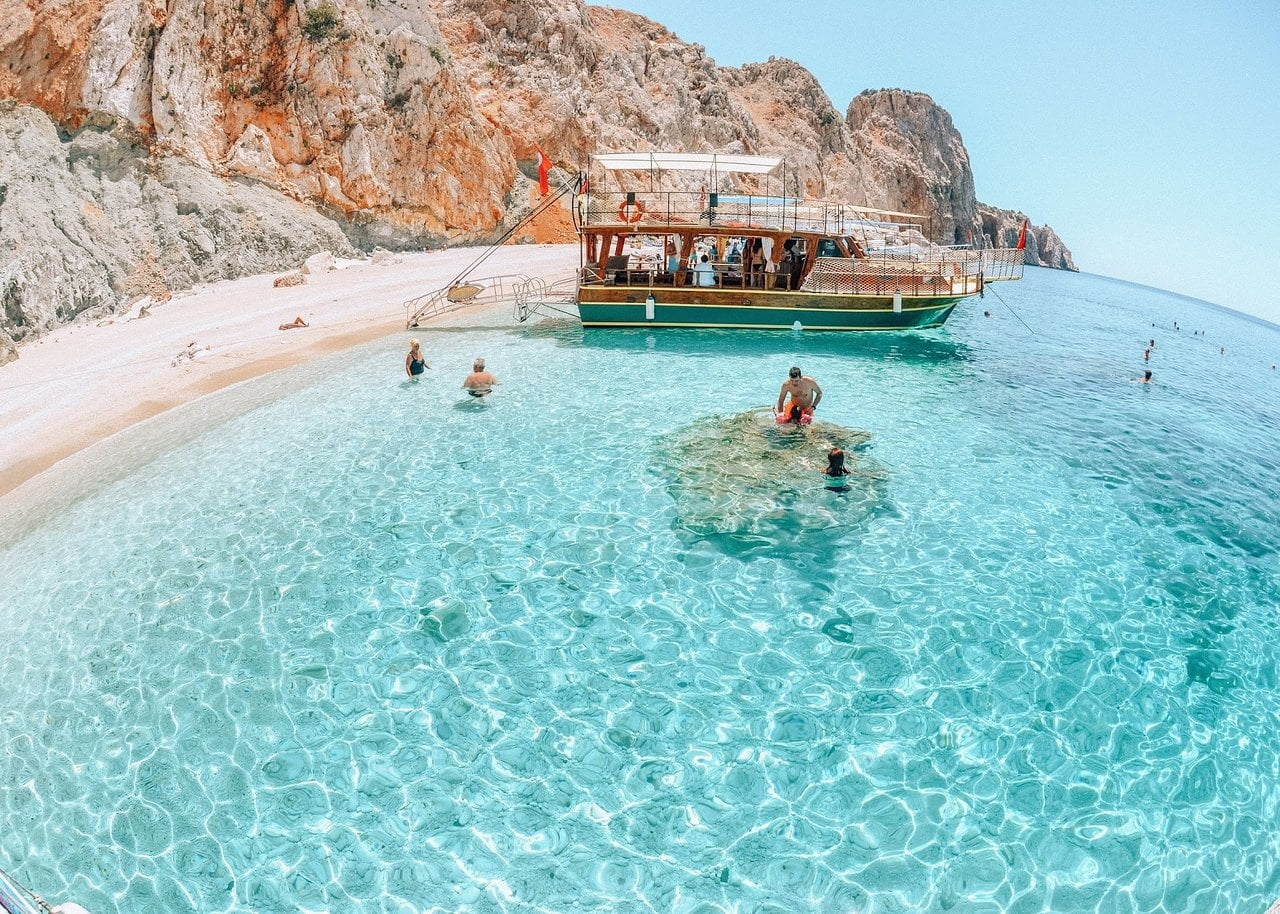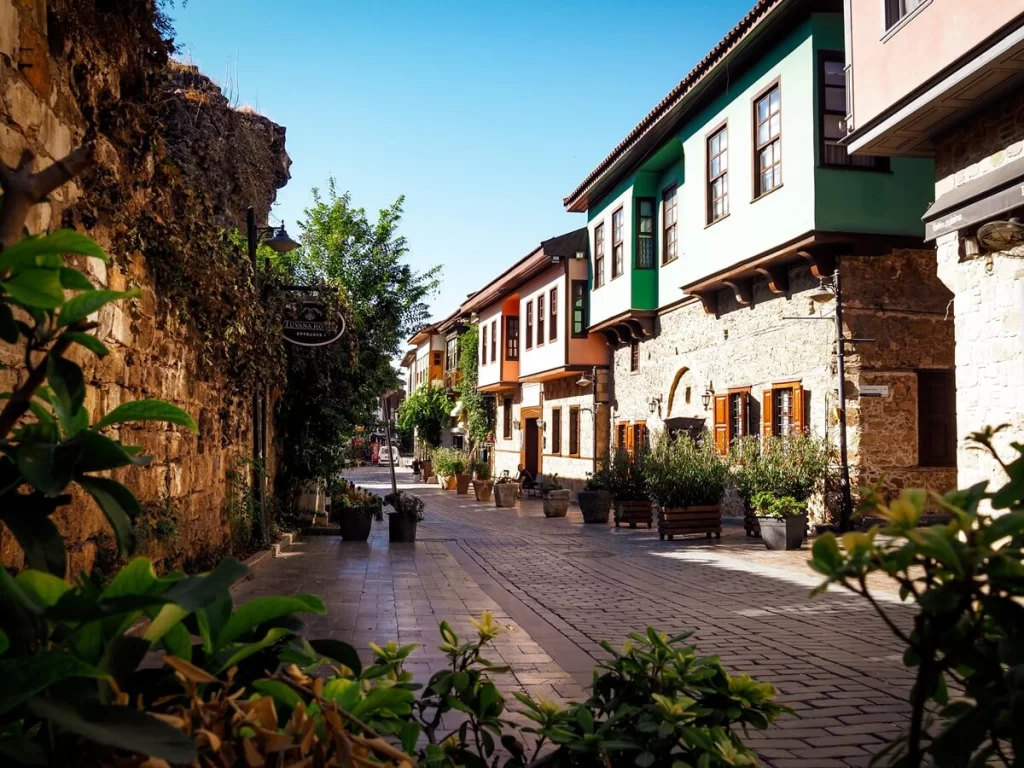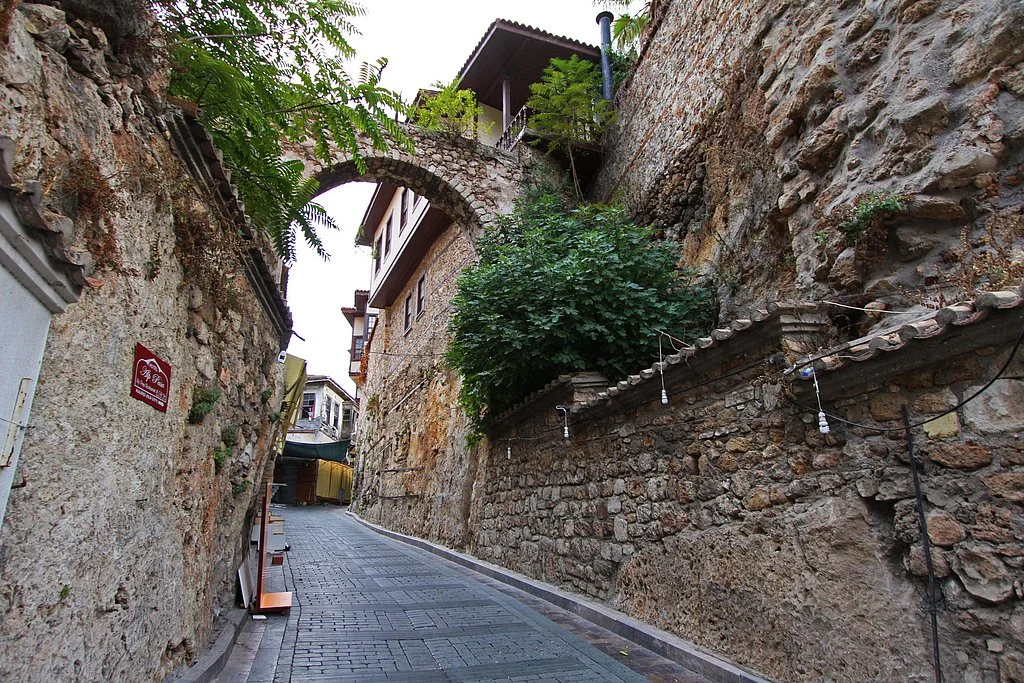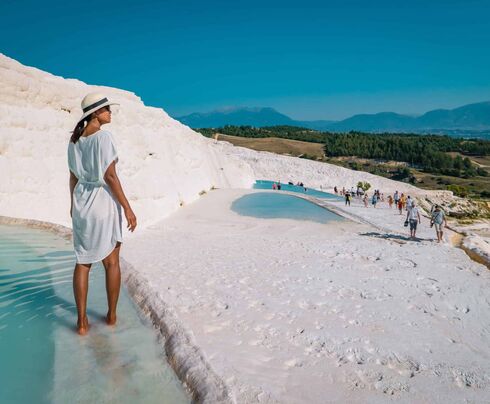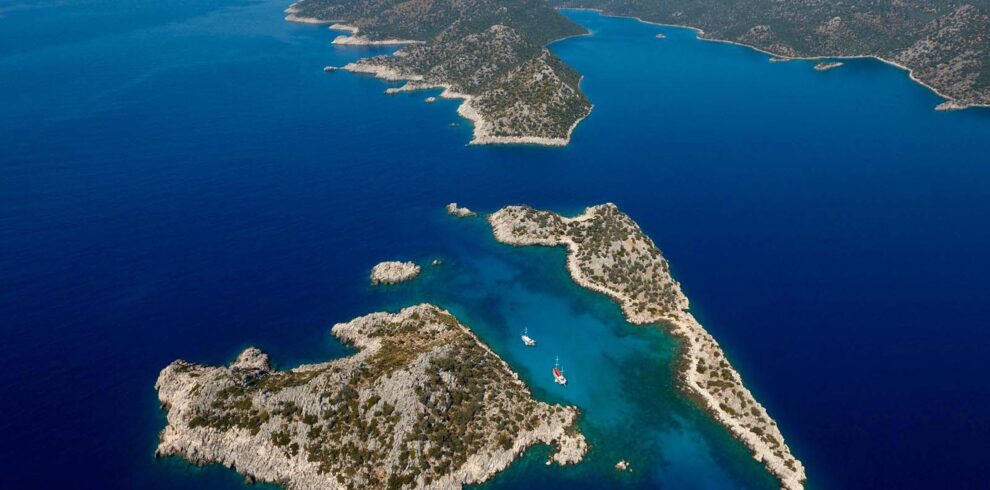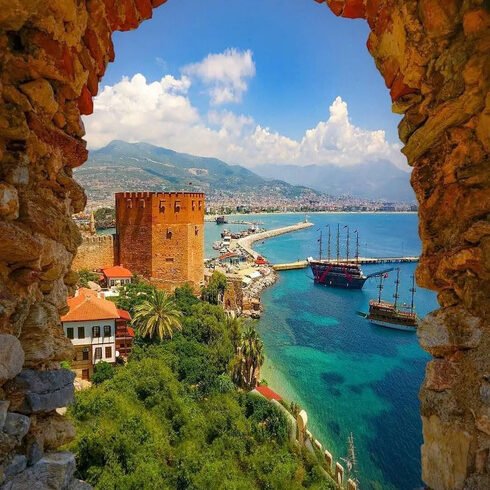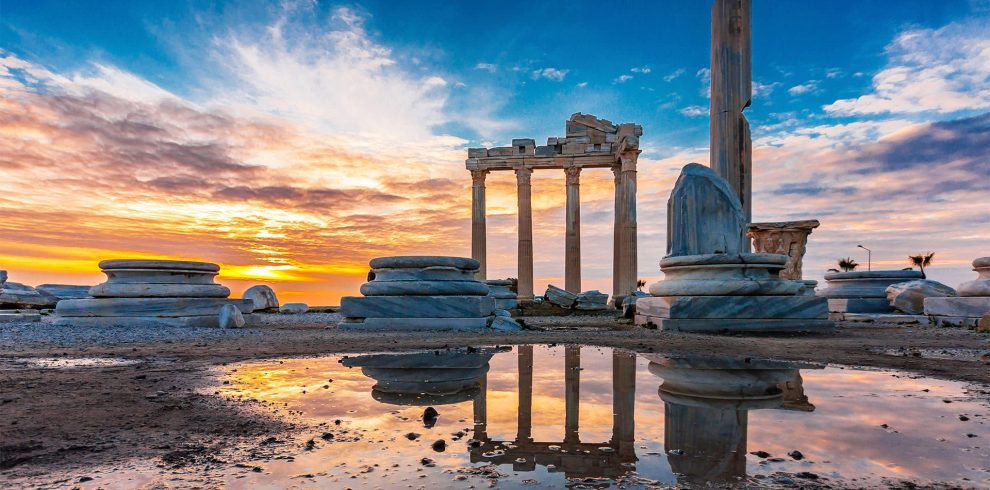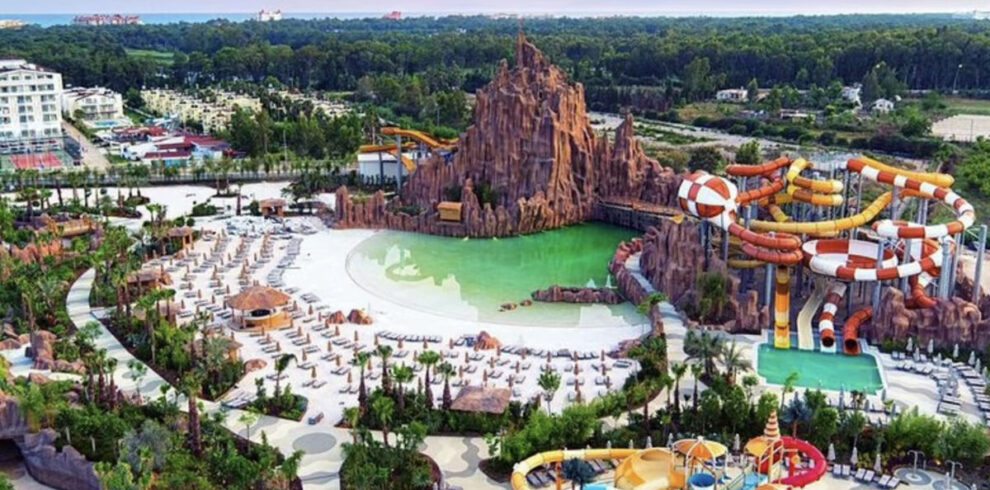Aspendos Ancient Site
Located in Serik(Manavgat), Antalya, Aspendos is a must-visit destination for history lovers. Known for its stunning amphitheater and ancient ruins, Aspendos offers a fascinating glimpse into Roman architecture and history.
Aspendos Amphitheatre

The Aspendos Theatre is the star attraction of this ancient site. Built during the Roman era, it’s one of the best-preserved theaters in the world. With a seating capacity of 12,000, it’s still used today for concerts and performances.
Highlights of the Theatre:
- Designed by architect Zeno during the reign of Emperor Antoninus (161-180 AD).
- Features a gallery of columns and well-preserved stage structures.
- Inscriptions on the walls honor the gods and the emperor.
Ancient Ruins of Aspendos
Beyond the theater, Aspendos boasts other remarkable ruins:
- Acropolis and Basilica: The 60-meter-tall acropolis offers panoramic views. The basilica, where city affairs were managed, is partially preserved.
- Monumental Fountain: Only the facade remains, but it’s a testament to the city’s grandeur.
- Aqueducts: These well-preserved structures once supplied water to the city.
- Gymnasium and Baths: Located near the Koprucay River, these ruins highlight daily life in ancient Aspendos.
Perge Ancient City
Just 18 km east of Antalya, Perge was one of the most important cities of ancient Pamphylia. Known for its mathematician Apollos and the Temple of Artemis, Perge is a treasure trove of history.
Historical Overview:
- Founded by Greek colonists after the Trojan War.
- Flourished under Roman rule, with impressive ruins still visible today.
- Features a stadium, agora, and Hellenistic gates.
Side Ancient City
Side, a port city in Manavgat, Antalya, is famous for its blend of history and coastal beauty. The name “Side” means “pomegranate” in the ancient Luwian language.
Key Highlights:
- A well-preserved Roman theater and Temple of Apollo.
- A history spanning Lydians, Persians, Romans, and Ottomans.
- The charming Selimiye neighborhood, built by 19th-century Cretan immigrants.
Why Visit These Ancient Sites?
- Aspendos: Marvel at the best-preserved Roman theater in the world.
- Perge: Explore the ruins of a thriving ancient city.
- Side: Discover a unique blend of history and Mediterranean charm.
Plan Your Visit
The best way to explore these sites is by joining a guided tour. Check out our Perge, Aspendos, Side, and Kursunlu Waterfall Tour for a seamless experience. This full-day tour covers all the highlights, making it the perfect way to dive into Antalya’s rich history.
Final Thoughts
Antalya’s ancient sites—Aspendos, Perge, and Side—are a testament to the region’s rich history and cultural heritage. Whether you’re a history enthusiast or a curious traveler, these sites offer an unforgettable journey through time. Don’t miss the chance to explore these incredible landmarks on your next trip to Antalya. We mentioned also in this blog regarding historical places of Antalya.

